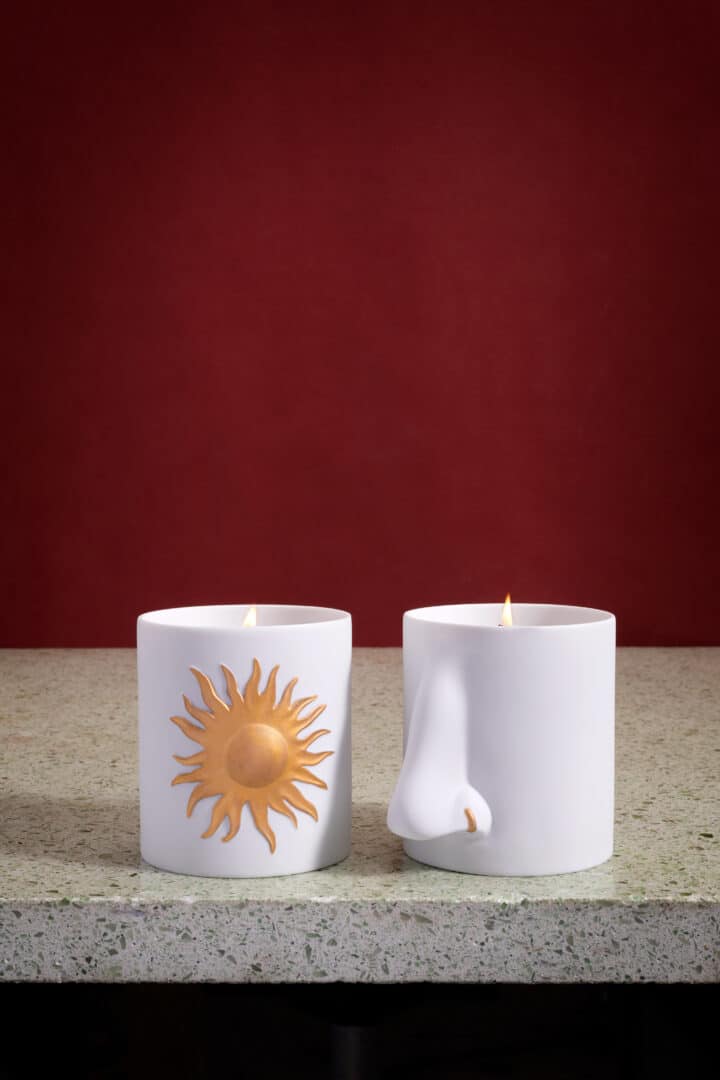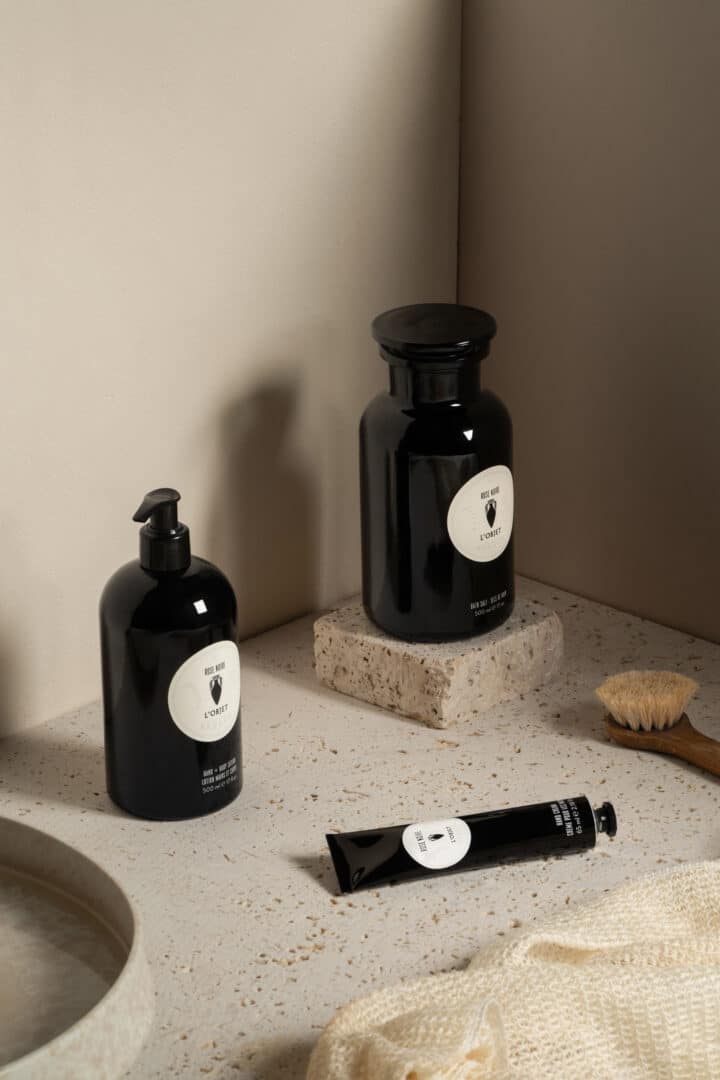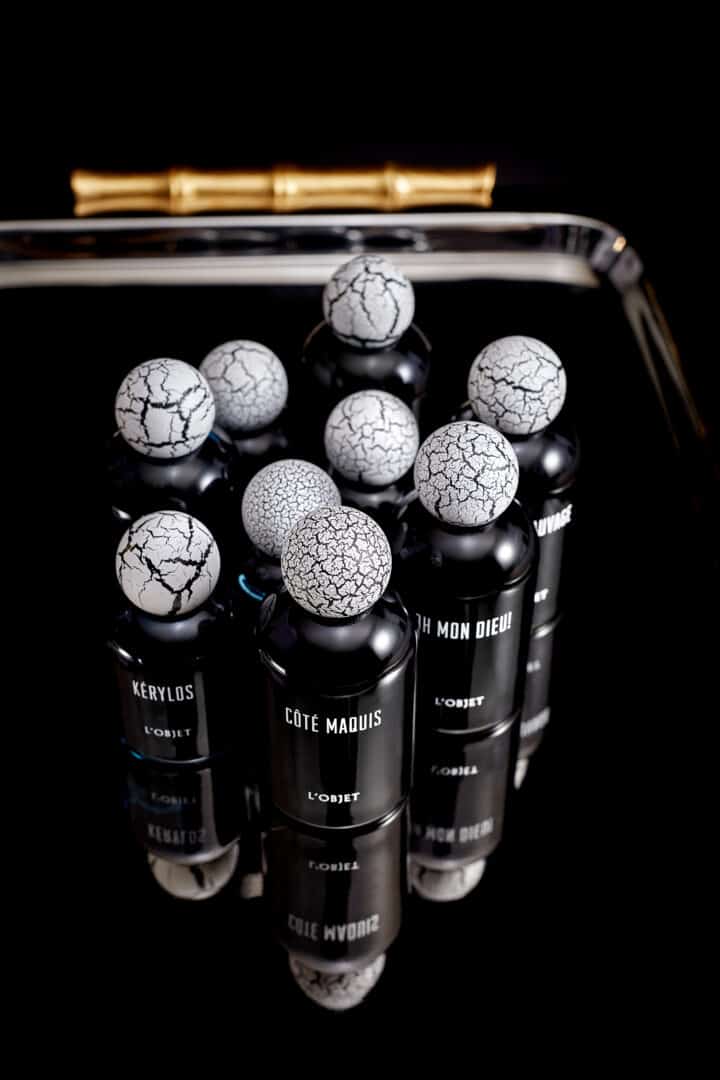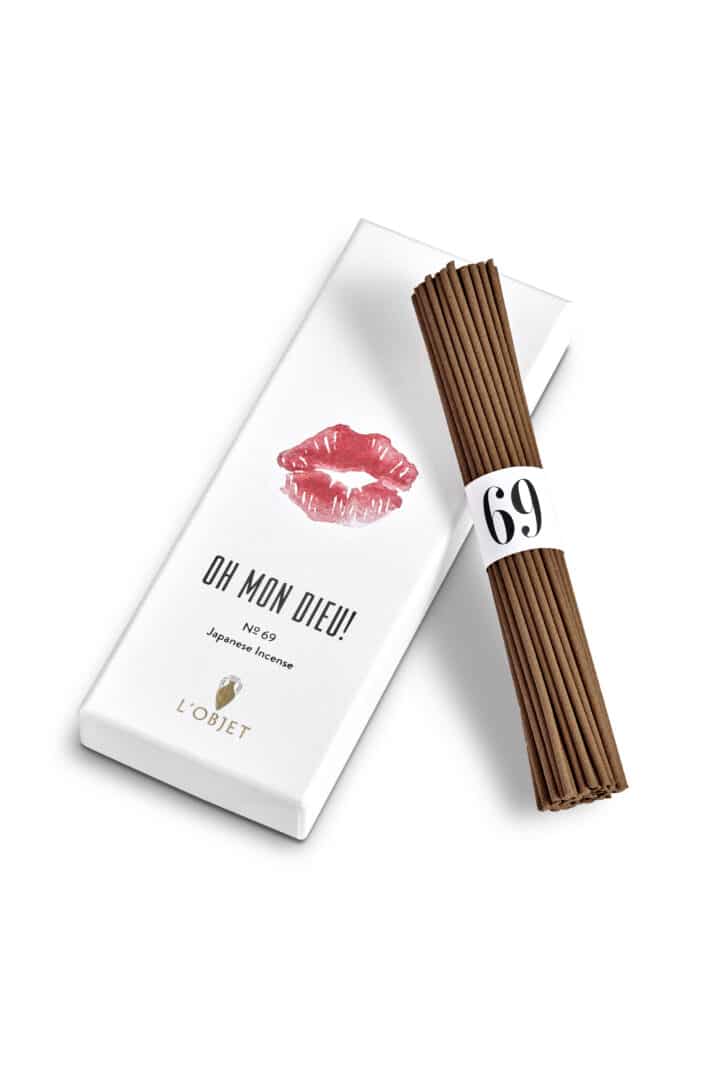L’Objet is considered the epitome of modern high-end design: timeless objects crafted with precision, imagination and a deep respect for traditional techniques. Behind the label is Elad Yifrach, an interior designer whose eye for materials, weight, feel and atmosphere unmistakably characterizes every piece of the brand. By expanding into the world of room fragrances and perfumes, L’Objet has opened up a new dimension: Fragrances as invisible architecture, as an emotional texture that envelops spaces and bodies alike. In the following interview, he explains how this development came about, what cultural experiences have shaped Elad Yifrach and why, for him, luxury has less to do with opulence than with intimacy.

Dear Elad, L’Objet stands for exclusive design and craftsmanship with attention to detail. Can you give us an insight into the history of your brand – and what prompted you to found L’Objet?
I founded L’Objet out of an almost obsessive fascination with craftsmanship. From a young age, I was drawn to objects that were made with care – pieces that carried the signature of the artisan and the history of their culture. When I founded the brand in 2005, I didn’t have the ambition to build a big company. Rather, I wanted to protect and honor the kind of craftsmanship that I felt was disappearing in the world.
L’Objet grew organically from that devotion. I wanted to create objects for the home that were soulful, meticulously crafted, and emotionally resonant — pieces that felt timeless, not trend-driven. The brand has always been a bridge between imagination and technique. For me, design is never about decoration; it’s storytelling through materials, through weight, through touch. That philosophy is still at the heart of everything we create.

You come from Israel, have lived in Los Angeles and your collections are created in close collaboration with artisans from all over the world. What cultural influences and personal experiences shape your work the most?
I grew up in the Mediterranean, surrounded by ancient landscapes, intense light, and craftsmanship that felt almost mythological. That region shaped my sensibilities more than anything. It taught me to value natural materials, to see beauty in aging surfaces, to respect heritage and ritual.
Living in Los Angeles introduced a completely different energy — openness, optimism, and a spirit of experimentation. It gave me permission to think freely, to mix worlds, to blur boundaries.
And working with artisans around the globe adds layers of nuance. Their techniques, their traditions, their pace — these influence not only the aesthetics but the sensibility of the brand.
So L’Objet is really a dialogue between cultures: Mediterranean soul, Californian imagination, and global craftsmanship.
What does luxury mean to you and how does it translate into your creative vision for L’Objet?
For me, luxury is not about abundance or extravagance. True luxury is intimacy — the quality of something created with care, with mastery, with time. Luxury is the feeling that an object was made for you, not for the masses.
At L’Objet, luxury expresses itself through craftsmanship you can feel, details you don’t immediately notice, and a sense of emotional connection. When a piece feels alive — when it carries the fingerprint of the person who made it — that’s luxury. It’s not loud , but rather invites you to get closer.

L’Objet began as a brand for artistic high-end home and table accessories. How did the range come to be expanded to include home fragrances, perfumes and care products?
Fragrance was a very natural evolution for us because scent has always been the invisible dimension of design. A space is never complete without an atmosphere — and fragrance is the atmosphere.
Years ago, we began creating mood for interiors through porcelain, metals, textures, light… but something was missing. The emotional layer. The memory layer. Once we started developing our room fragrances, I realized scent was simply another form of craftsmanship — one that speaks directly to the subconscious.
Moving into personal fragrance and body care came later, once we understood how our sensibility and olfactive language could translate to the body. We approached perfumery the same way we approach a piece of hand-sculpted porcelain: with precision, narrative, and respect for the artisans — in this case, perfumers — who bring it to life.
What role do room fragrances play for you in the context of interior design?
A room fragrance is like the soundtrack of a space. You may not always notice it consciously, but it sets the emotional tone. It can soften the architecture, energize the environment, or transport you to another world.

What makes a good room fragrance?
A good room fragrance must have depth — it should evolve throughout the day, not sit flat in the air. And it must be honest: true to its raw materials, never synthetic-smelling or overpowering.
What is particularly important to you during development?
When developing a fragrance, I focus on three things: firstly, the atmosphere — what emotions or memories should the fragrance evoke? Then on the materiality – the quality of the ingredients, their purity and texture. And also balance — a room fragrance should blend harmoniously with other elements; it should complement a room, not dominate it. For me, fragrance is invisible architecture.
L’Objet’s packaging is just as artistic as its contents. How closely are fragrance and design interwoven in your work?
They are inseparable. Design is the language; fragrance is the emotion. One completes the other.
When we design packaging, we treat it as a sculptural object — something that should feel precious, tactile, and worthy of the fragrance it protects. The exterior sets the stage for the olfactory experience. It tells the story before the first spray.I always think of the packaging as part of the ritual: the weight of a cap, the texture of a box, the way light interacts with glass or porcelain. These details create anticipation and intimacy. In the L’Objet universe, fragrance and design don’t sit side by side — they are the same act of creation.

The compositions of L’Objet were created in collaboration with perfumers such as Yann Vasnier and Jean-Claude Ellena. How does this creative process work – and what do you attach particular importance to?
Working with great perfumers is like collaborating with great artists — you don’t dictate, you engage. I always begin with a narrative or an atmosphere: a memory of light at a certain hour, the texture of an ancient olive tree, the sensation of standing by the sea at dusk.
From there, we co-create. Perfumers like Yann and Jean-Claude translate these emotional landscapes into accords and raw materials. It’s a dialogue — very intimate, very focused.
Authenticity matters than most, I want every fragrance to feel honest to its inspiration. No artifice, no unnecessary embellishment. And I look for a kind of tension — something unexpected in the composition that gives it soul.
When a perfume makes you pause for a moment — when it feels like you’ve stepped into a story — that’s when I know it’s ready.
Is there a fragrance or collection from L’Objet that you have a special personal connection to?
They all carry pieces of me, but one of the newest creations — Kérylos, inspired by the ancient Mediterranean citrus— feel deeply personal.

Where will L’Objet’s journey in the world of fragrances take us? Can you already give us a little foretaste of upcoming projects?
We are entering a very exciting chapter. Our fragrance universe is expanding in a more narrative, experiential direction — deeper stories, more emotional textures, and a stronger connection between scent, light, and material.
The future for us is about poetry, craftsmanship, and sensorial storytelling. There is so much more to come — and all of it comes from the same place: a deep love for beauty, for artisanship, and for the emotional power of scent.
Dear Elad, thank you very much for taking the time to answer my questions.

Be First to Comment